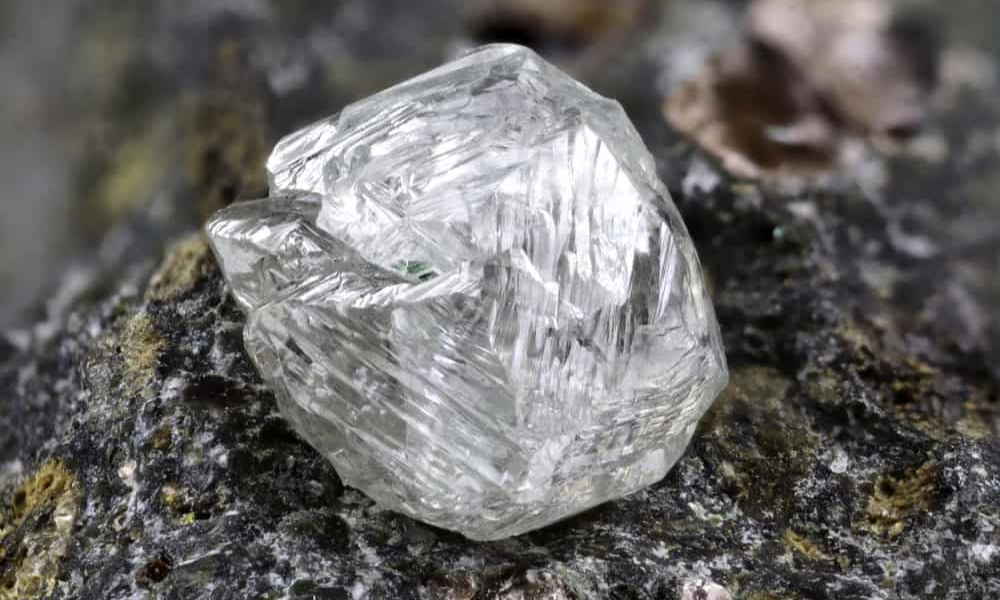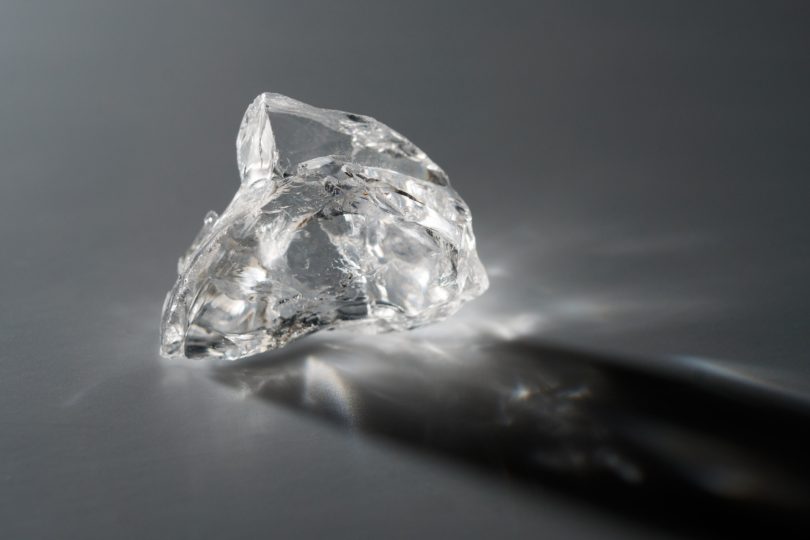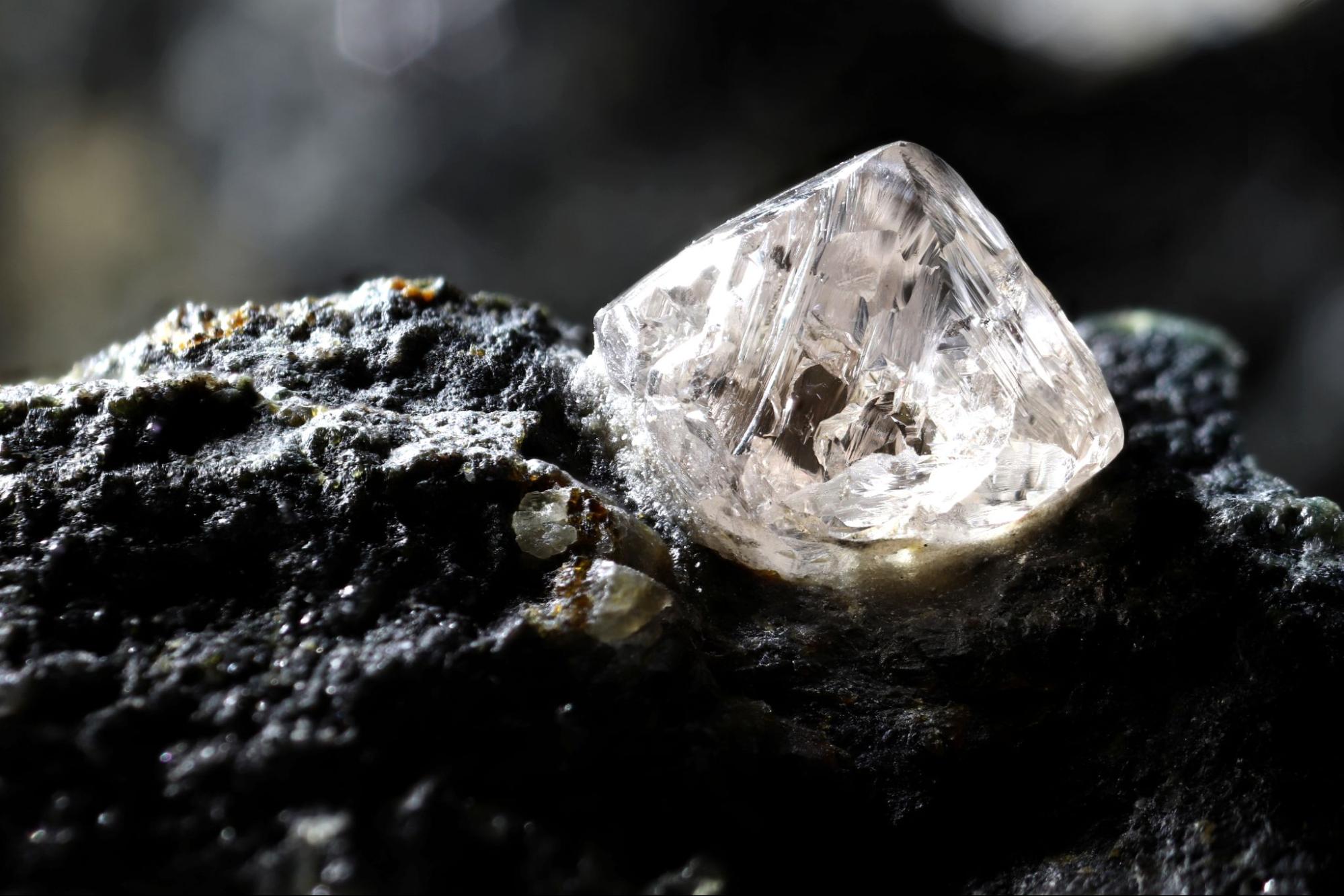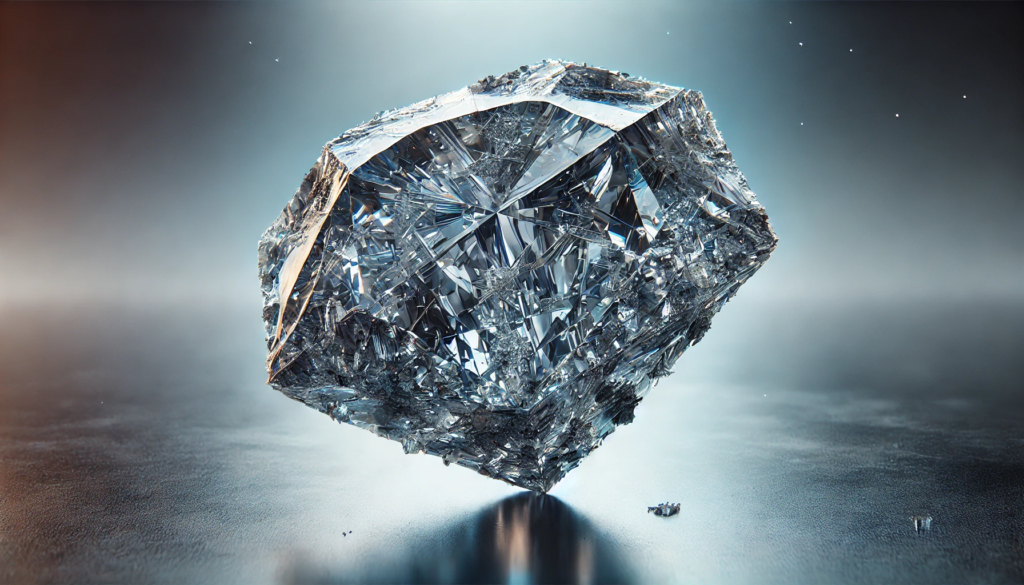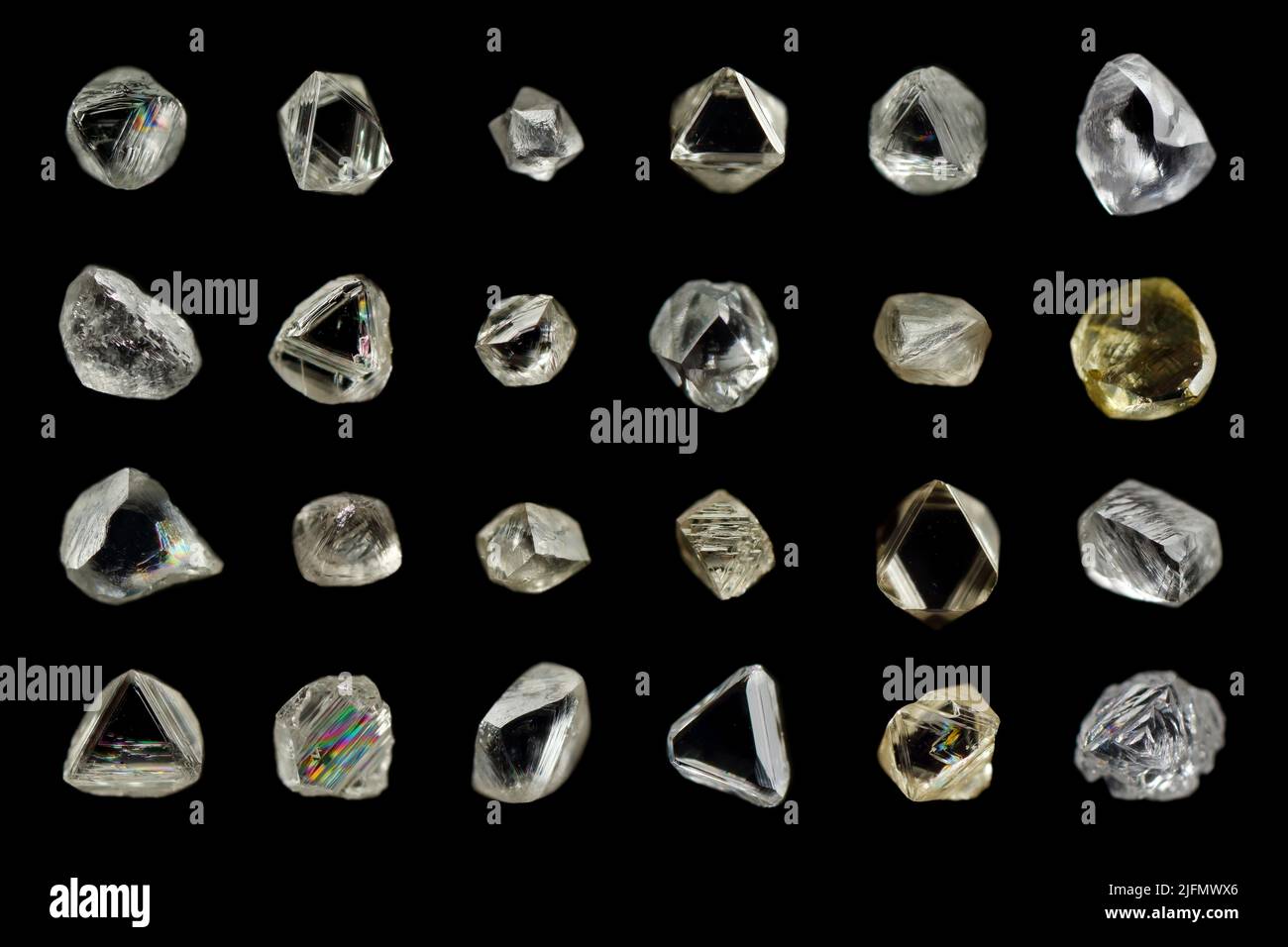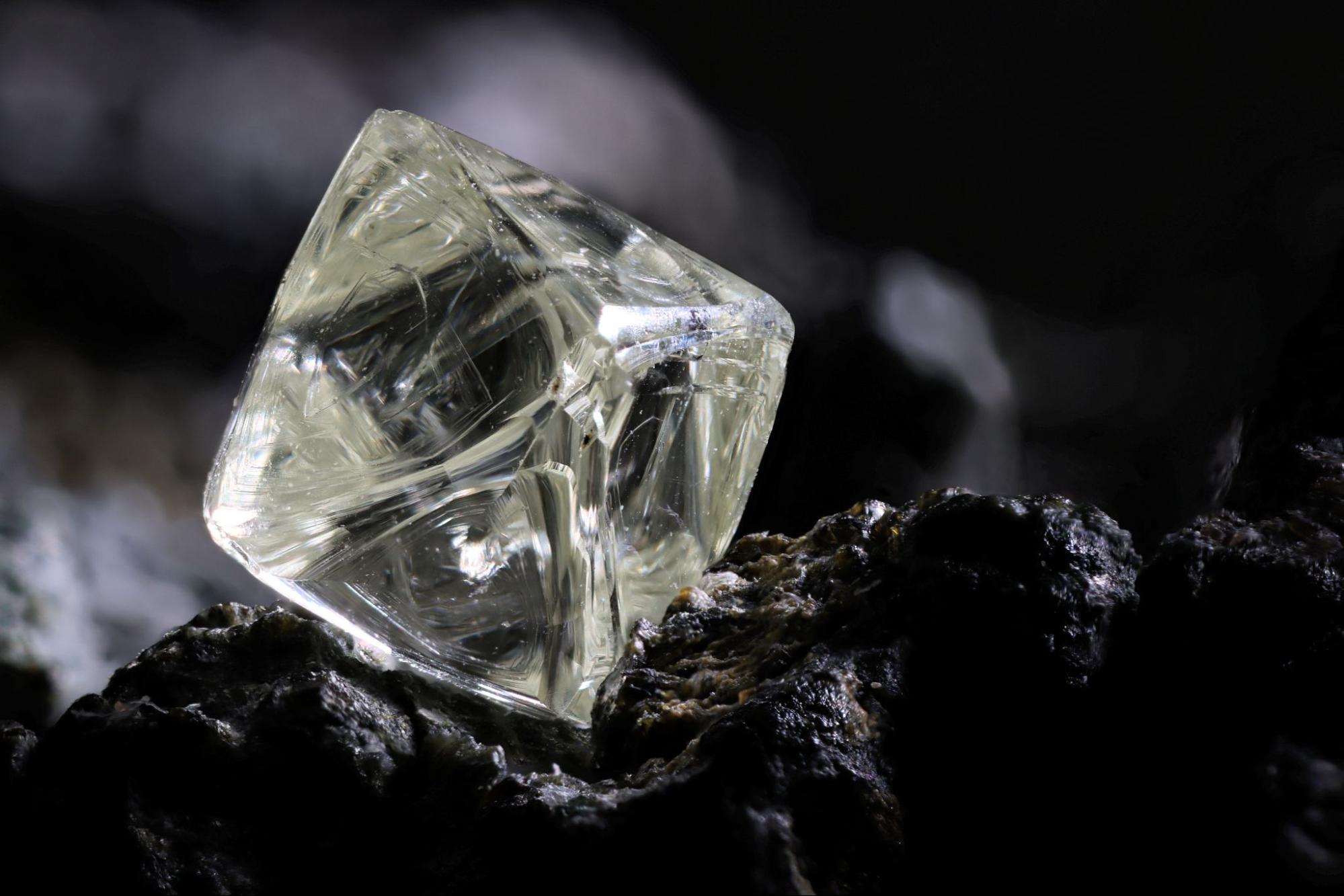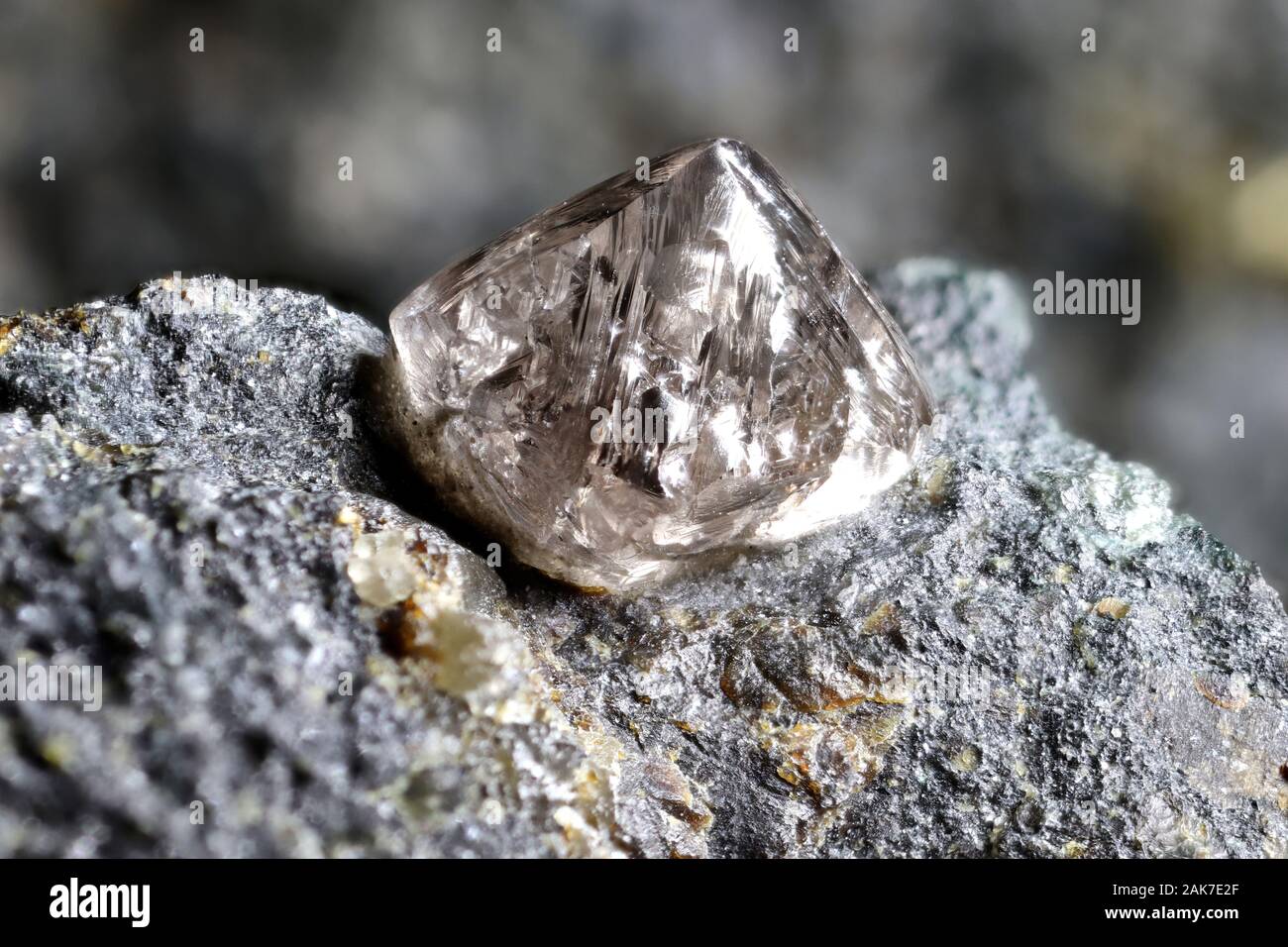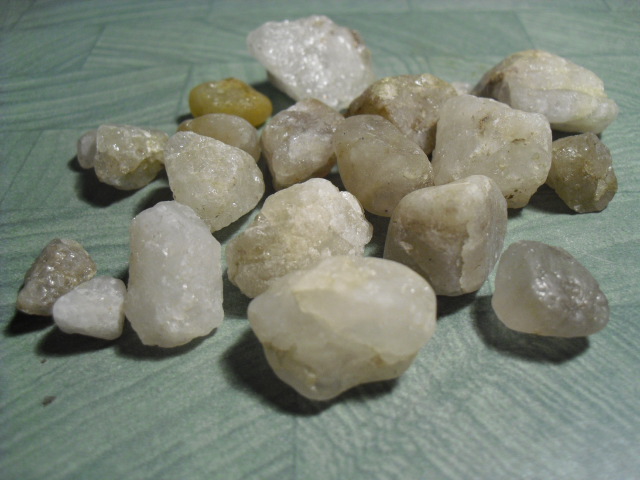What Does A Raw Diamond Look Like
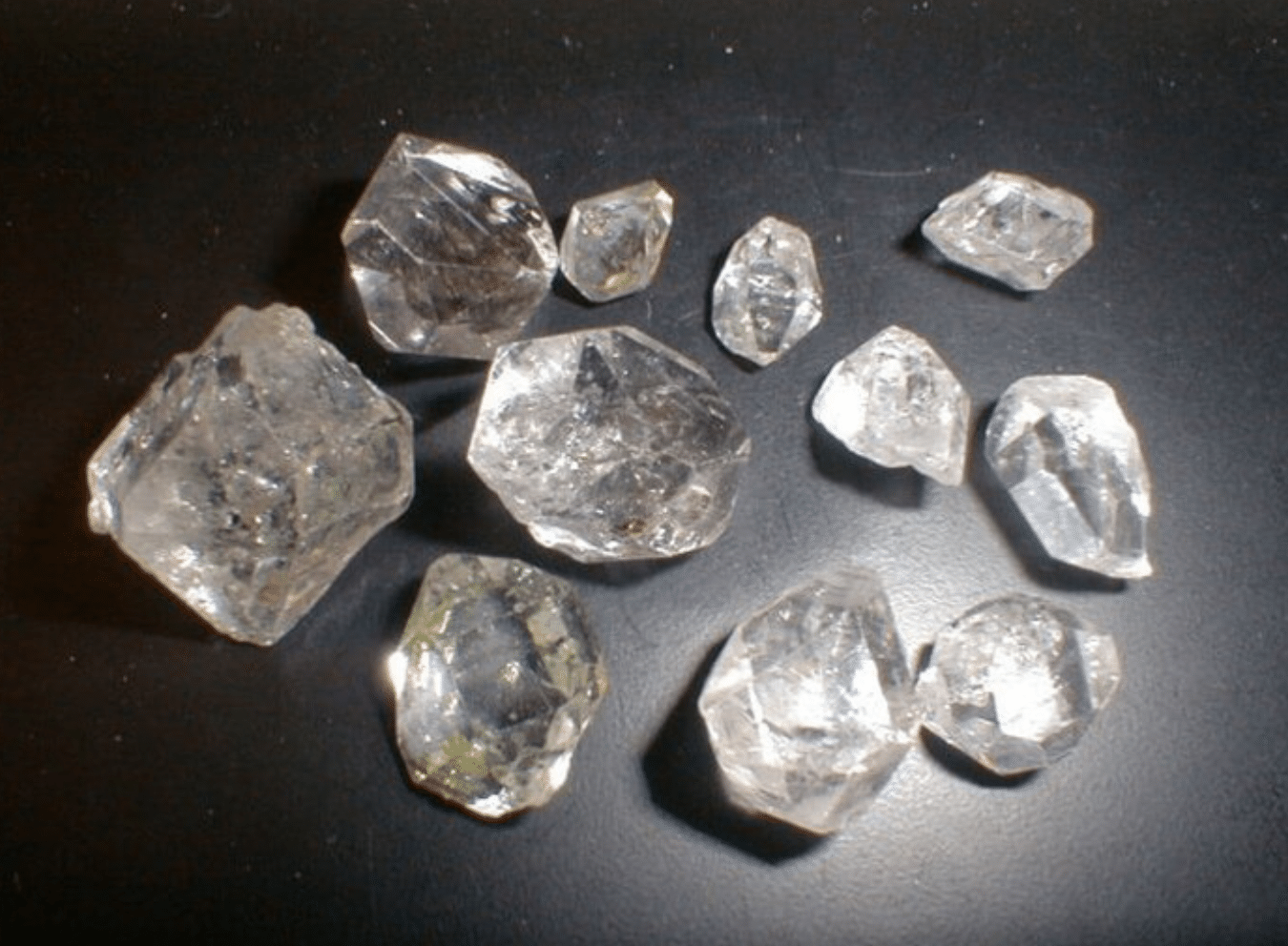
Raw diamonds, fresh from the earth, bear little resemblance to the glittering gems adorning jewelry store displays. Many are shocked to discover their rough, often dull, appearance.
This article breaks down the unrefined aesthetics of raw diamonds, separating fact from fiction. We will explore their typical appearance, common shapes, and the journey from mine to market.
The Shocking Truth About Raw Diamonds
Forget visions of sparkling clarity. A raw diamond, or a rough diamond, looks more like a dull pebble than a precious gemstone. Its surface is often coated in a hazy layer known as the "skin" or "hide".
This skin is formed by the chemical reactions with surrounding minerals during its long journey within the earth’s mantle. It masks the diamond's potential brilliance.
Shape and Size: Unpredictable Variables
Unlike the precisely cut facets of polished diamonds, raw diamonds come in a variety of irregular shapes. Common forms include octahedrons (eight-sided shapes), cubes, and macles (flat, triangular shapes).
The size of a raw diamond can range from microscopic to hundreds of carats. The Cullinan Diamond, discovered in South Africa in 1905, weighed a staggering 3,106 carats in its rough state.
However, most raw diamonds are significantly smaller.
Color and Clarity: Deceptive Indicators
Color in raw diamonds is often muted. They can appear white, gray, brown, yellow, or even green, depending on impurities present during formation.
Clarity, or the lack of inclusions, is difficult to assess in a raw diamond. The surface skin and irregular shape obscure the internal structure.
Experts use specialized tools and techniques to estimate a raw diamond's potential clarity and color grade after polishing.
Texture and Luster: A Far Cry From Brilliance
The texture of a raw diamond is usually rough and uneven. Its luster, or the way it reflects light, is generally dull and subdued.
It lacks the fiery brilliance and scintillation of a polished diamond. Only after expert cutting and polishing does the diamond's true potential emerge.
The raw diamond reflects light much less than a cut diamond.
Where Are Raw Diamonds Found?
Raw diamonds are mined from kimberlite pipes and alluvial deposits around the world. Key diamond-producing countries include Russia, Botswana, Canada, Australia, and South Africa.
Kimberlite pipes are volcanic formations that bring diamonds from deep within the earth to the surface. Alluvial deposits are formed when diamonds are eroded from kimberlite pipes and transported by rivers.
These locations yield the rough stones before their transformation.
From Mine to Market: The Transformation Process
The journey from mine to market is a complex one. Raw diamonds are sorted, graded, and valued based on their potential to yield polished stones.
Cutting and polishing are critical steps in revealing a diamond’s beauty. Skilled artisans carefully remove the rough exterior and create facets that maximize light reflection.
This process can take days, weeks, or even months for a single stone.
Identifying Real Raw Diamonds: Key Indicators
Identifying a genuine raw diamond requires expertise. Simple tests can help distinguish them from imitations. A diamond is the hardest naturally occurring substance on Earth and only a diamond can scratch another diamond.
A scratch test, for example, can help determine hardness. However, only experts should conduct this test. Consulting a qualified gemologist is always recommended.
Look for internal imperfections, even in the raw state.
The Illusion of Perfection: Understanding Inclusions
Many believe raw diamonds are flawless. In reality, most contain inclusions. These internal imperfections are natural and serve as a unique fingerprint for each diamond.
While large or numerous inclusions can affect a diamond's value, they also provide clues about its origin and formation.
Some inclusions can even enhance a diamond’s appearance.
The Price of Rough: Factors Influencing Value
The price of a raw diamond is determined by several factors, including its size, shape, color, clarity potential, and estimated yield of polished stones. Demand and market conditions also play a significant role.
De Beers, a leading diamond company, has historically influenced diamond prices. However, the market is becoming more diverse.
Expert evaluation is crucial for determining a fair price.
Ongoing Developments and Next Steps
The diamond industry is constantly evolving. New technologies are being developed to improve diamond mining, cutting, and polishing techniques.
Furthermore, efforts are underway to promote ethical and sustainable diamond sourcing. Kimberley Process Certification Scheme aims to prevent conflict diamonds from entering the market.
Consumers are increasingly demanding transparency and traceability.
